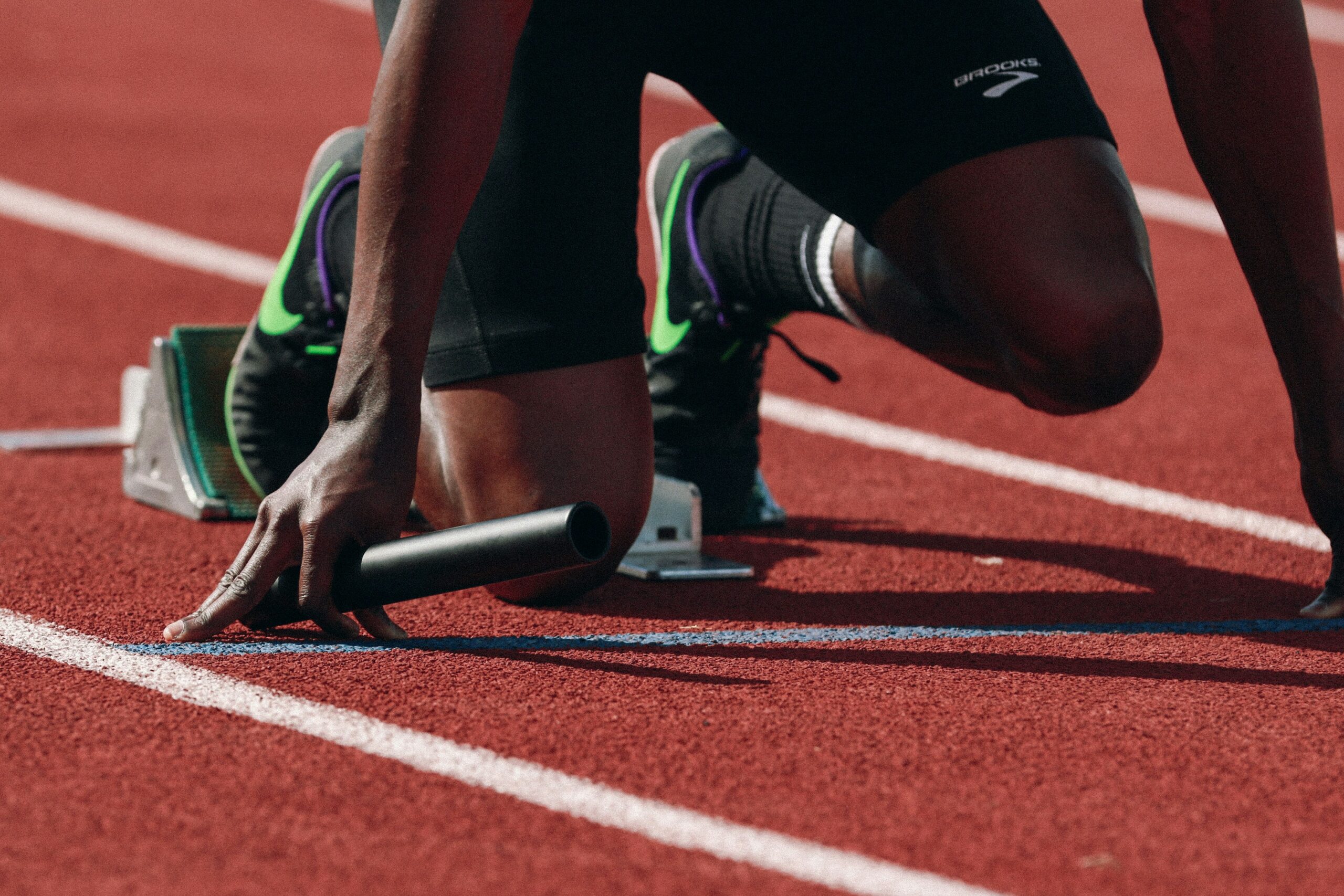Best Workout Routine for Athletes
Being an athlete in today’s highly competitive industry is no joke. If, in the past decades, few true athletes received an international ovation for their commitment, today, each country abounds with people passionate about different sports. That’s why this year’s Summer Olympics hosted in France will welcome no less than 10,714 athletes who will compete for the big prize.
But while one’s global image as an avid sportive is gratifying, the challenges these champions face are unimaginable. The risks of serious injuries can end a sportive career, especially since athletes are exposed to increased mental fatigue, external pressure to succeed, and sleep issues. Marco van Basten, Monica Seles, and Maurice Stokes are only a few examples of legendary athletes who never recovered after serious accidents.
Therefore, the average athlete’s life is pretty dangerous, so contestants need to develop an adequate lifestyle routine that consolidates their forces. Here’s a great example of a workout routine for sportspeople.

Focus on strength
Strength is one of the main areas of development that need slightly more attention than other training programs because it enhances muscle activation and boosts metabolism. Luckily, athletes can choose from a huge variety of exercises to improve their desired body parts. For example, split squats train the knee joints, while battle ropes boost core strength.
Still, this type of training is one of the most dangerous of them all because overdoing it can lead to muscle strains and stress fractures. Hence, athletes must gradually increase the intensity and the weights to ensure the body is ready for the next level of lifting. Sometimes, people believe that if the body withstands a heavier workout, they’ll reach their goals faster, but this only comes with long-term muscle strain. Even a heavy jump rope, whose weight can reach 2.5 kg, might pose challenges for sportspeople.
Basic strength training
There are endless workout ideas for improving strength, but you can click here and start with basic exercises. Here’s how such a session would look like:
- Squatting for the glutes, quads, and core muscles;
- Deadlifting for the hamstrings, shoulders, and back;
- Doing push-ups for the chest and triceps;
- Making reverse lunges for the glutes, legs, and core;
Don’t forget about speed
No matter how strong you are, you might fail your training if you’re not fast. Despite what most people think, speed is not only about running or moving fast but also about being able to accelerate, reach a maximal speed of movement, and maintain that speed level.
Speed can be learned, and there are some ways to achieve it, such as the following:
- Enhancing strength;
- Sprinting more often;
- Doing single-led training often;
- Working on mobility;
- Training the core;
Moreover, improving your technique also contributes to great speed. Foot placement, torso angles, and arm action are crucial because they can be silent obstructions in your daily workout routine.
Maintain endurance
Building endurance is the best way to lengthen your workout and become a better athlete. You should focus on both muscular and cardiovascular endurance so your muscles can contract over time and your heart can elevate its rate without putting you in danger.
To improve endurance, gradually increase the intensity of your training and reduce recovery time. Fuel your body correctly by consuming energy gels and bars and having a balanced diet of protein and carbohydrates. Don’t forget about fruits and vegetables!
Finally, build a structured workout routine that allows your muscles to recover. Try to get quality sleep, hydrate, and introduce stretching into your daily routine.
Become flexible
Flexibility is another core element in achieving a successful workout routine because it helps protect your joints, tendons, and ligaments. You’re more flexible the younger you are, so older athletes must considerably focus on this element.
Flexibility in the back, neck, hips, and shoulders is a priority, but increasing your number of flexibility spots is always a good idea. You can improve it by stretching before and after
Workouts are meant to prepare your body and help you cool down adequately.
You may be familiar with poses like the calf stretch, the butterfly stretch, or the sideways neck stretch, but you can diversify flexibility exercises to train your entire body or focus on areas you know are stiff.
Know when to stop
Sometimes, the idea of success makes athletes overtrain, which is usually damaging to their health. While pushing our own psychological and physical boundaries helps us improve, the body is much more fragile than we believe.
Sportspeople need to know when they’ve crossed the line because feeling fatigued after workouts and training is common otherwise. Still, when recovery seems to take ages, watching these signs of overtraining is a good indicator of too much training:
- Persistent muscle soreness;
- Inability to train as per usual;
- Feeling “heavy”
- Visible decline in performance;
Many other signs related to your lifestyle might make you believe you’re overdoing it. It might be time for a break if you can’t sleep, relax, or have no energy. Moreover, your body signals illnesses when your blood pressure spikes or you lose appetite. Other less talked about symptoms include constipation, anger, or irregular menstrual cycles.
4 steps of recovery
Recovery might be challenging if you’re not aware of what works best for you, but you could try resting, eating more nutritiously rich foods, and taking care of your mental health more during recovery. It’s also recommended to gradually return to your regular training sessions, meaning being physically active every day but at much lower levels of intensity. For example, you could aim to walk every day for a specific amount of time or do stretching exercises.
What do you think about an athlete’s way of working out?
Athletes are appreciated worldwide for their commitment and strength but constantly struggle behind the scenes. Maintaining performance while maintaining a healthy balance between work and social life is considerably tricky, so sportspeople often experience burnout or overtraining. So, besides adequate training, knowing when to stop and how to rest is crucial to being on top of the competition and taking care of your health.
